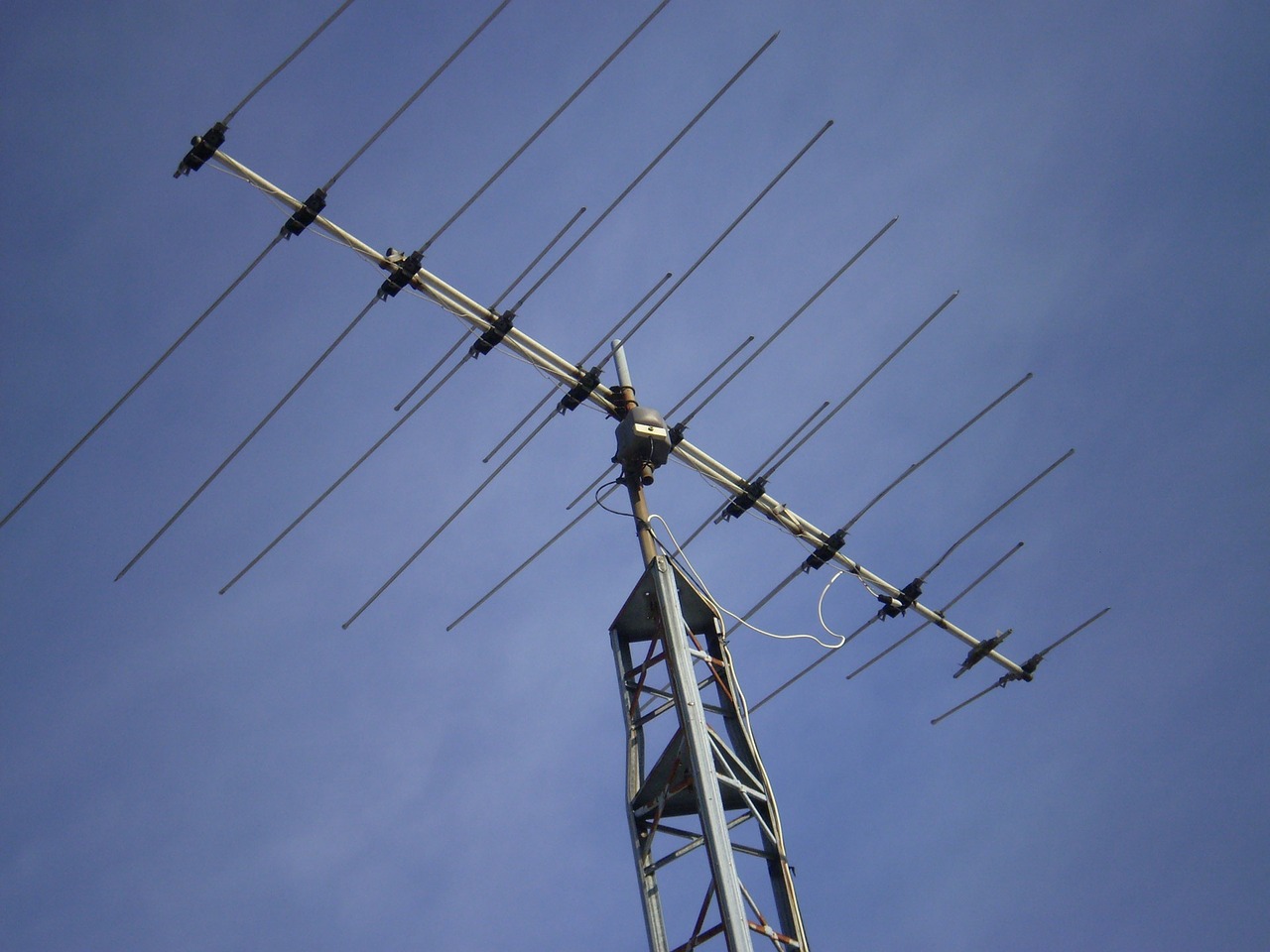Looking back nowadays it is very clear how antennas have made great strides throughout history.
In 1842 the inventor of wire telegraph, Joseph Henri, professor of natural philosophy in Princeton, NJ, inaugurated wire antennas.
Henry found that the current received in a parallel circuit in a cellar 30 ft below could magnetize needles. He observed lightning bolts 7-8 miles away with a vertical wire from his study to the roof of his home. Henry also ignited to a telegraph wire running from his laboratory to his home, and magnetized needles in a coil connected to a parallel wire 220 feet apart. The range may have extended to half a mile later test.

Oliver J. Lodge, professor of Physics at Liverpool, England, invented four major developments in antennas in 1897:
- a dipole was made of a biconical
- the central loading coil was introduced
- the tunable LC circuit was connected to the antenna circuit
- the horizontal capacitance was added to the dipole arms, which was the “counterpoise” antenna.
Clearly these first experiments led to what was the great experience of Guglielmo Marconi in the field of radio waves, which later led to a real revolution. On 12 December 1901, Marconi started out well in the 20th century with a beam across the Atlantic. 15 kW and 366 m wavelength were used (820 kHz) and the 48m masts had a distance of 60 m. The first signals were received in Newfoundland.

In 1904 the English antenna had been a pyramid monopoly with a bandwidth of 70 kHz for a paraglider cable. Marconi has believed in the supremacy of directive communication since his centime-wave communications of 1895 and he has been dedicated much of his life to this goal. In 1906, with his “bound antenna” on ground, he obtained a measure of direction with long waves.
After these first successful experiments by Marconi, humanity obtained a new technology that was all to be explored. One of the first things that we managed to understand was that radio waves lent themselves to various uses, certainly not least that of war.
Indeed, it is not wrong to say that radio waves soon became of fundamental importance in warfare. During the First World War several antennas were built by the various factions to send messages and Marconi himself around 1919 began the development of another particular directional antenna that used very short waves. From that moment on, the radio waves gave rise to daily broadcasts and on fixed frequencies. The rest is history, and even today we can all use the radio just by getting into the car.

The other developments concerned SONAR and RADAR, initially used for war purposes but what is the future of radio waves, transmitters and receivers?
Among the countless developments that this field still allows there is certainly the one explored in the SINTEC project, or the Fat-IBC channel, a novel concept of communication through the fat of the body. The fat layer situated between the skin and muscle layers that act as a waveguide and allows high bandwidth and low-loss energy-efficient communication. It has been demonstrated in Uppsala University that the Fat-IBC is resilient, provides data confinement in the body and can support very high data rates at very low power.

In SINTEC project, Fat-IBC techniques would require antenna front ends matched to the skin surface, facilitating swift RF coupling through skin to underlying fat layer and vice-versa for realizing a high band width low-loss wearable sensor network.
A stretchable substrate based on a novel soft, stretchable and sticky silicone material will provide compliant and comfortable, intelligent and wireless, patches on the skin that will not move relative to the skin even at excessive movements and intense sweating. This gives strong advantages in Fat-IBC and electrophysiological evaluations, and especially so when applied in sports and outdoor activities. You can read more about it here.
Thank you for your time, and do not hesitate to share your thoughts or comments with us. To read more SINTEC’s Blog entries, click here!








Leave A Comment